Several times a day, most days of the week, I receive email from students requesting biographical information for a school paper. I love getting email from kids who enjoy reading my poetry, so feel free to drop me a line and say “hi.” As you can imagine, though, I get a lot of email. So please let me save you a little time by telling you a bit about myself. If you have any questions that aren’t answered below or on the Frequently Asked Questions page, please feel free to contact me. I will be happy to answer any specific questions that are not answered here.
Who I Am
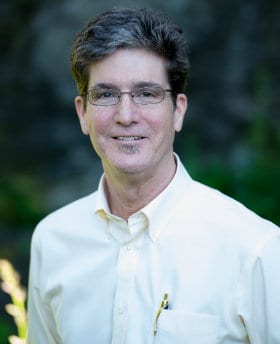 I am 62 years old and I was born on February 20, 1962 in Berkeley, California. I grew up in Fresno and San Diego, California.
I am 62 years old and I was born on February 20, 1962 in Berkeley, California. I grew up in Fresno and San Diego, California.
I now live in a big old house in Spokane, Washington, with my wife Ann, and our two cats, Thomas and Sancho.
My Poetry
My first children’s poem — Scrawny Tawny Skinner — was written in 1994 after having dinner with a friend whose 4-year-old daughter did everything she could to get out of eating her dinner. Shortly after that, I wrote two more poems, My Foot Fell Asleep and Binkley. During 1995 and 1996, I wrote about three or four poems a year (including You Can Never Be Too Careful and A Meloncholy Tale, whenever the mood struck me.
In early 1997 I decided I would like to write an entire book of children’s poems. In 1998, I published my first collection of poetry, entitled My Foot Fell Asleep. I published a sequel called I’ve Seen My Kitchen Sink in 1999 and a third book, Sailing Off to Singapore, in 2000. The Aliens Have Landed at Our School! was published by Meadowbrook Press in 2001. My first collection of poems about school, When the Teacher Isn’t Looking: and Other Funny School Poems was published by Meadowbrook Press in 2005. I have since published many more books with a number of other publishers including Scholastic, Chronicle Books, National Geographic Learning, Little, Brown Books for Young Readers, Hameray Publishing, and Sourcebooks Jabberwocky.
My poems have also appeared in magazines, school textbooks, and numerous anthologies of funny poetry, as well as on television, audio CDs and even restaurant placemats.
I have put together this web site to share some of my poems with kids around the world. I try to post a new poem every week for you to read and grade, so please check back regularly to read new, funny poetry.
Publications
Books
I have written the following books:
- The Elephant Repairman (Purple Room Publishing 2022)
- My Dog Likes to Disco (Purple Room Publishing 2021)
- Pup and Duck: Let’s Play Ball (Purple Room Publishing, 2020)
- How to Write a Great Poem (Hameray Publishing, 2020)
- Deep Sea Dance (Purple Room Publishing, 2019)
- My Cat Knows Karate (Purple Room Publishing, 2018)
- One Minute Till Bedtime (Little, Brown Books for Young Readers 2016)
- Believe it or Not, My Brother Has a Monster (Scholastic, 2015)
- Bigfoot Is Missing! (with J. Patrick Lewis, Chronicle, 2015)
- The Biggest Burp Ever (Purple Room Publishing, 2014)
- Kiss, Kiss Good Night (Scholastic, 2013)
- The Armpit of Doom (Purple Room Publishing, 2012)
- I’m Growing a Truck in the Garden (Collins Educational, 2012)
- The Story of the Sun and the Moon (National Geographic Learning, 2012)
- The Ultimate Top Secret Guide to Taking Over the World (Sourcebooks Jabberwocky, 2011)
- MORE BEARS! (Sourcebooks Jabberwocky, 2010)
- The Tighty-Whitey Spider (Sourcebooks Jabberwocky, 2010)
- My Hippo Has the Hiccups: And Other Poems I Totally Made Up (Sourcebooks Jabberwocky, 2009)
- Revenge of the Lunch Ladies (Meadowbrook Press, 2007)
- Santa Got Stuck in the Chimney (with Linda Knaus, Meadowbrook Press, 2006)
- When the Teacher Isn’t Looking and Other Funny School Poems (Meadowbrook Press, 2005)
- The Aliens Have Landed at Our School! (Meadowbrook Press, 2001)
- Sailing Off to Sinagapore (Purple Room Publishing, 2001)
- I’ve Seen My Kitchen Sink (Purple Room Publishing, 1999)
- My Foot Fell Asleep (Purple Room Publishing, 1998)
Anthologies
I selected the poems for this anthology:
My poems appear in the following anthologies:
- What I Did On My Summer Vacation (Meadowbrook Press, 2009)
- I Hope I Don’t Strike Out! (Meadowbrook Press, 2008)
- I’ve Been Burping in the Classroom (Meadowbrook Press, 2007)
- My Teacher’s in Detention (Meadowbrook Press, 2006)
- Dinner with Dracula (Meadowbrook Press, 2006)
- Peter, Peter, Pizza Eater (Meadowbrook Press, 2006)
- If I Ran the School (Scholastic, 2005)
- My Dog Does My Homework (Scholastic, 2004)
- Rolling in the Aisles (Meadowbrook Press, 2004)
- If Kids Ruled the School (Meadobrook Press, 2004)
- I Like it Here at School (Scholastic, 2003)
- Miles of Smiles: Kids Pick the Funniest Poems Book #3 (Meadowbrook Press, 1998)
- No More Homework! No More Tests! (Meadowbrook Press, 1996)
- A Bad Case of the Giggles: Kids Pick the Funniest Poems Book #2 (Meadowbrook Press, 1994)
- Kids Pick the Funniest Poems (Meadowbrook Press, 1991)
Audio CDs
I have written lyrics for the following music CDs:
- What a Ride! by Eric Herman and the Invisible Band (Butter-Doc Productions, 2007)
- Snail’s Pace by Eric Herman and the Invisible Band (Butter-Doc Productions, 2007)
- Snow Day by Eric Herman and the Invisible Band (Butter-Dog Productions, 2006)
- Monkey Business by Eric Herman and the Invisible Band (Butter-Dog Productions, 2005)
- The Kid in the Mirror by Eric Herman and the Invisible Band (Buter-Dog Productions,
2003)
Organizations
I am a full member of the Society of Children’s Book Writers and Illustrators.
Miscellany
I met my wife, Ann, in Prague during a one-year trip around Europe.
In addition to writing poetry, my main hobby is learning new languages. Currently, I am learning to read, write, and speak Brazilian Portuguese using a combination of DuoLingo, Pimsleur, and Uncle Brazil.
I’m proud to admit, I love Marmite.
I’m also a big fan of They Might Be Giants Here’s a picture of me with John Flansberg of TMBG.
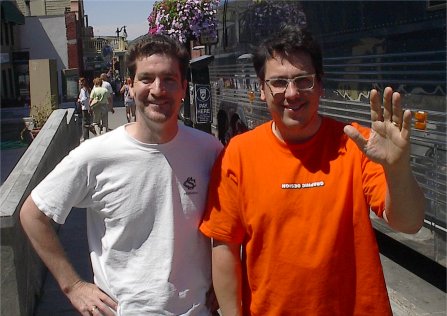
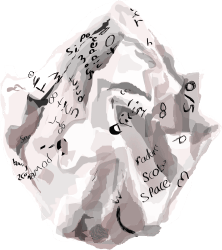

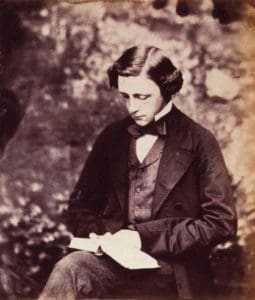
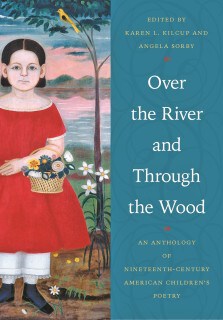
 I am 62 years old and I was born on February 20, 1962 in Berkeley, California. I grew up in Fresno and San Diego, California.
I am 62 years old and I was born on February 20, 1962 in Berkeley, California. I grew up in Fresno and San Diego, California.





